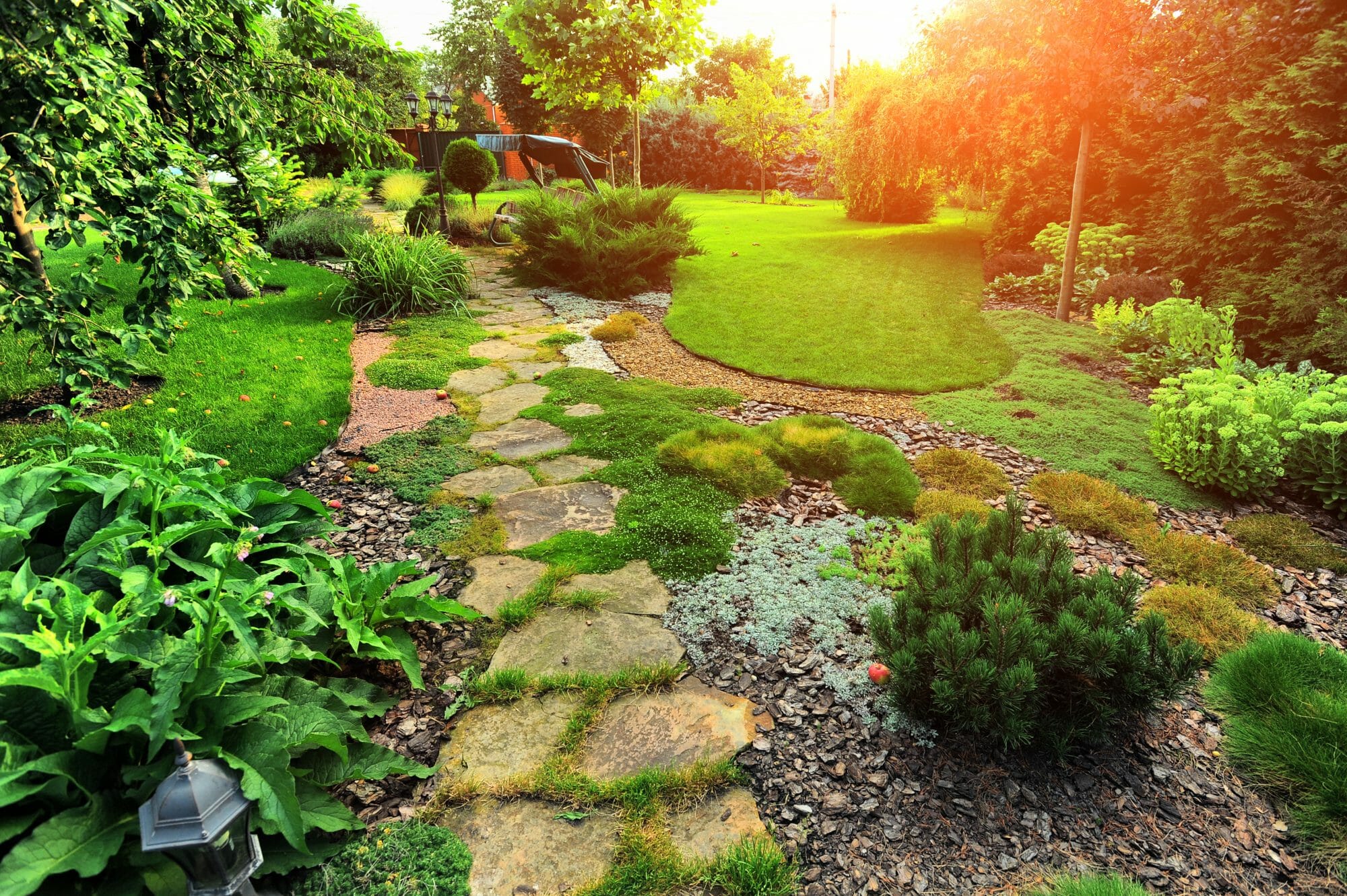6 Easy Facts About Hilton Head Landscapes Described
6 Easy Facts About Hilton Head Landscapes Described
Blog Article
Hilton Head Landscapes Fundamentals Explained
Table of ContentsOur Hilton Head Landscapes IdeasGet This Report on Hilton Head LandscapesSome Known Questions About Hilton Head Landscapes.Not known Details About Hilton Head Landscapes Hilton Head Landscapes Fundamentals Explained10 Simple Techniques For Hilton Head LandscapesGet This Report about Hilton Head Landscapes
Line develops all types and patterns and can be used in a selection of methods the landscape. Line in the landscape is created by the side between 2 products, the rundown or silhouette of a kind, or a long linear function. Lines are a powerful device for the developer because they can be made use of to produce an infinite variety of shapes and forms, and they manage motion of the eye and the body.

Lines in the landscape. The buildings of lines determine exactly how individuals respond to the landscape, both mentally and literally.
Examine This Report about Hilton Head Landscapes
Straight lines are most usually found in hardscape edges and material. Curved lines produce a casual, all-natural, unwinded character that is connected much more with nature and unbalanced balance. Rounded lines move the eye at a slower speed and add secret to the space by creating covert sights. Upright lines relocate the eye up, making an area feel larger.
Upright lines in the landscape include tall, narrow plant product, such as trees, or high structures, such as an arbor or a bird house on a pole. Straight lines move the eye along the ground aircraft and can make an area feel larger. Reduced lines are more suppressed and produce a feeling of remainder or repose.
An Unbiased View of Hilton Head Landscapes
Reduced lines are created by reduced garden wall surfaces, pathways, and short bushes. Lines are utilized to attract forms on a plan. In strategy view, they define plant beds and hardscape locations. Lines are also developed by the vertical kinds of developed features and plant material. There are three main line kinds that create kind in the landscape: bedlines, hardscape lines, and plant lines.
Bedlines link plant product to your home and hardscape because the eye adheres to the line, moving the stare via the landscape. Hardscape lines are produced by the edge of the hardscape, which defines the constructed structure. Line can likewise be developed by lengthy and narrow materials, such as a fence or wall surface.
Examine This Report on Hilton Head Landscapes
Kind is discovered in both hardscape and plants, and it is normally the leading visual element that spatially arranges the landscape and frequently determines the style of the yard. The kind of structures, plant beds, and garden accessories additionally determines the total kind motif of the yard. Formal, geometric types consist of circles, squares, and polygons.
Plants create form in the yard via their details or silhouettes, yet form can likewise be specified by a space or unfavorable space in between plants - landscape design hilton head (https://telegra.ph/Transform-Your-Outdoors-with-Hilton-Head-Landscapers-07-03). Circles can be full circles, or they can be separated into half circles or circle sectors and combined with lines to create arcs and tangents
Everything about Hilton Head Landscapes
Circles can also be extended into ovals and ellipses for more variety and interest. Circles are a strong layout kind since the eye is always attracted to the center, which can be utilized to stress a prime focus or attach other types. Figure 2. Circular kinds in hardscape and lawn panels.
The square form can likewise be segmented and used repetitively to develop a grid pattern. Unlike circles, squares are more powerful on the brink, which can be lined up or overlapped to create special patterns and more complex forms. Polygons are many-sided types with straight sides. Triangulars, as an example, are three-sided polygons.
Meandering lines commonly resemble the all-natural training course of rivers or streams and can be explained as smooth lines with deeply rounded undulations. Twisting lines (Figure 3) function well for pathways, plant bedlines, and completely dry stream beds. Twisting lines can include passion and enigma to a yard by leading visitors around edges to uncover new views and areas.
The Best Strategy To Use For Hilton Head Landscapes

Figure 5. Fragmented edges: tipping stones in path. Kind is one of the most enduring quality of a plant (bluffton landscaping). https://www.tripadvisor.in/Profile/h1tnhdlndscps. Usual plant kinds are well established and standardized, as kind is the most constant and identifiable quality of plants. Form can additionally be produced via the massing of plants, where the overall mass creates a various kind than an individual plant.
An extremely different form should be used with careone or more work well as a focal factor, however a lot of wreak havoc. All-natural plant forms, instead than over-trimmed forms, need to develop the bulk of the make-up. The relevance of general form is basically based on the checking out perspectivethe form of a tree can appear fairly various to a person standing under the cover versus viewing the tree from a distance in an open area.
5 Simple Techniques For Hilton Head Landscapes
Plant forms likewise develop and specify deep space or open rooms in between the plants, producing either convex or scooped kinds in the voids. High-arching tree branches generally produce a concave open area under the branches, and a rounded cover with reduced branches fills the room to develop a convex type in the open space under the tree.

Report this page